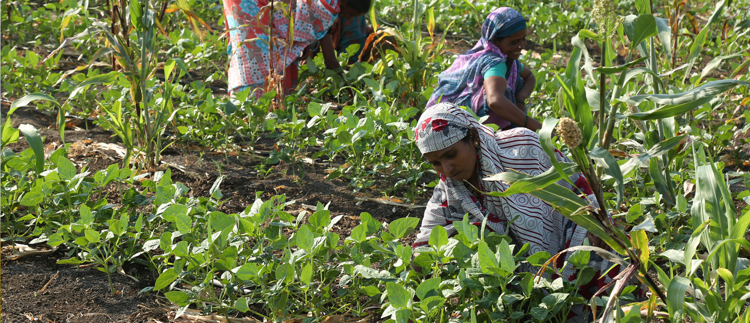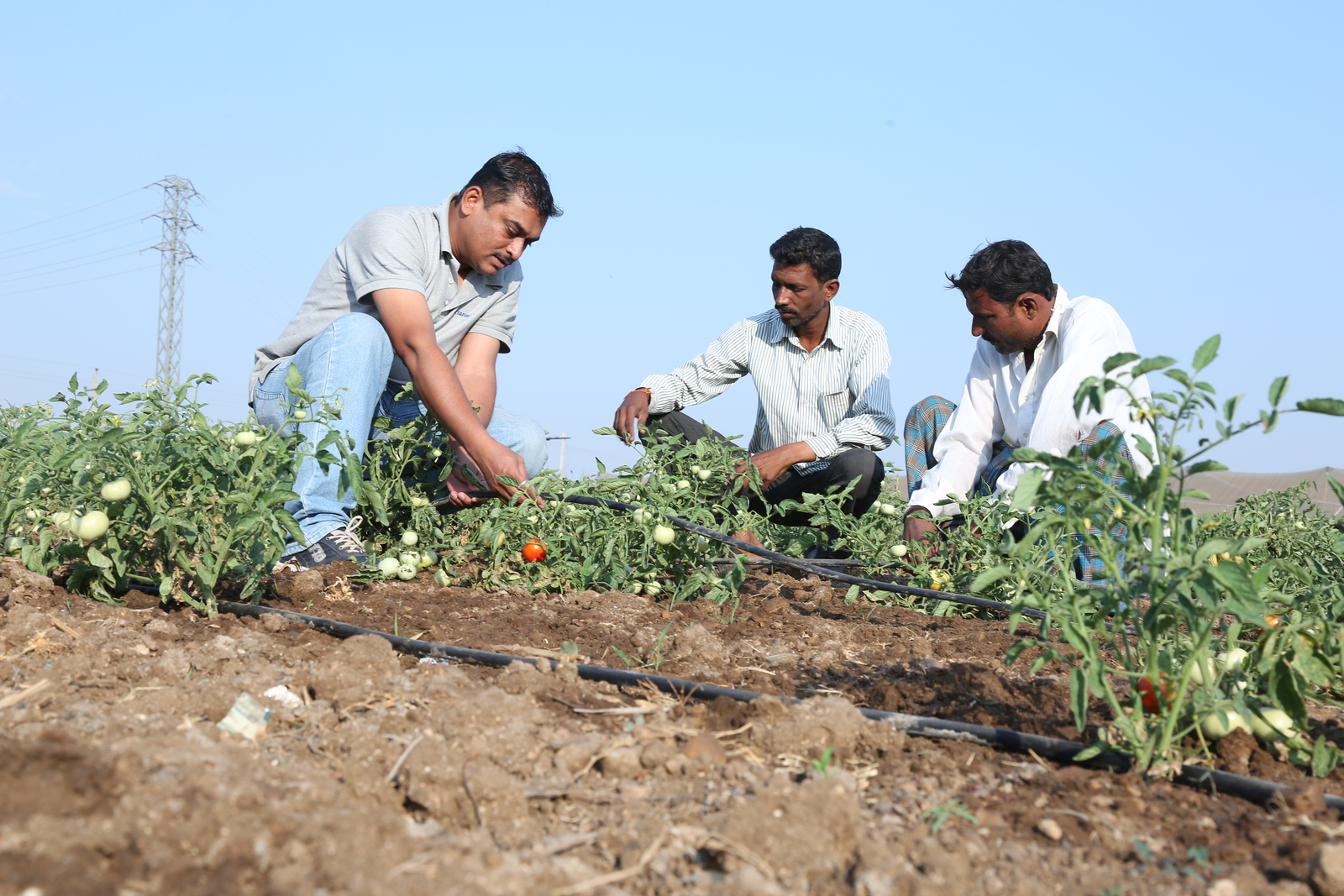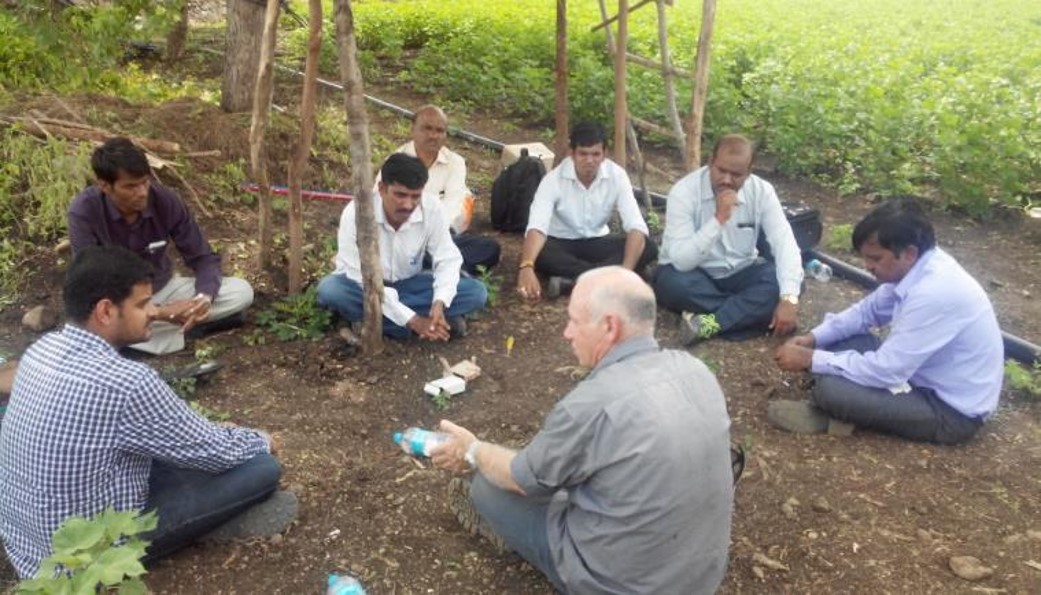Growing more with less through a paradigm shift
A little over a year ago, a small group of us as individual companies found ourselves in a room preparing to embark on a journey. This shared journey came from a vision we all shared. We came together as partners, as an alliance to launch Better Life Farming – and what an adventure this has been for all of us.
Better Life Farming, in this short span of time, was able to grow exponentially. In the process we were able to make an impact in smallholder communities around the world. One of our biggest successes, Lino Dias, Smallholder Farming Vice President at Bayer, sees the first launch we had in Uttar Pradesh, India, right at the forefront. In Uttar Pradesh, “we were able to double the productivity of green chili smallholders and triple their income”. The vision and goal are to have far-reaching impacts that go beyond the individual smallholder and we have seen it happen. As Pam Strifler who is the Vice President Global Stakeholder Strategy and Affairs at Bayer, said, “if we work to help them grow their own livelihoods, they in turn grow their community, and we end up feeding a growing population as well.”
The challenges of smallholders are multifold. They call for multiple competencies to address them and rise to the challenges they present. The changes to our planet, the dramatic consequences of climate change and the associated water shortage, for example, hinder smallholders from unlocking their full agronomic potential. It isn’t just the climate change and water shortage that impact this. Pests and crop diseases can have a major impact on both the quality and quantity of the yield at the end of a season. As an alliance, we are dedicated to providing an ecosystem of solutions. While Bayer is able to contribute with cutting-edge technology on seeds and crop protection, our expertise here at Netafim allow us to build the path forward when it comes to precision irrigation for higher yields, improved land use, and sustainable use of scarce water resources. Each one of these help grow much more with less.
While the weather may not be controllable, the issue of water shortage can be addressed with the right irrigation system. Our drip irrigation technology provides one such solution. The specialty irrigation system uses a highly efficient water, nutrient and crop protection delivery system for growing various crops with less water. It delivers water, nutrients and crop protection directly into the soil to the crop’s roots, in the right amounts, at the right time. What does that mean? Each plant gets exactly what it needs, when it needs it, to grow optimally. Driplines are the key. They extend across the entire field to make this possible. I truly believe that drip irrigation can change the lives of smallholders because when all is said and done, it helps them to grow more with less. Thanks to innovations with drip irrigation, smallholders can produce higher yields while saving water as well as fertilizers, energy and even crop protection products. Drip irrigation is a driving technology when it comes to growing crops that have a high water demands, such as rice.
In Asia alone, more than 90% of the world’s rice supply is predominantly cultivated and produced by smallholders. All of that rice production requires a lot of water. Rice is a staple food that a growing world population depends on as a staple food. By helping rice smallholders to grow more with less, we are able to increase both their productivity and profitability, a key piece of their livelihood moving forward.




Comments
We'd love to hear your thoughts! To enter a comment, type your name and email address.